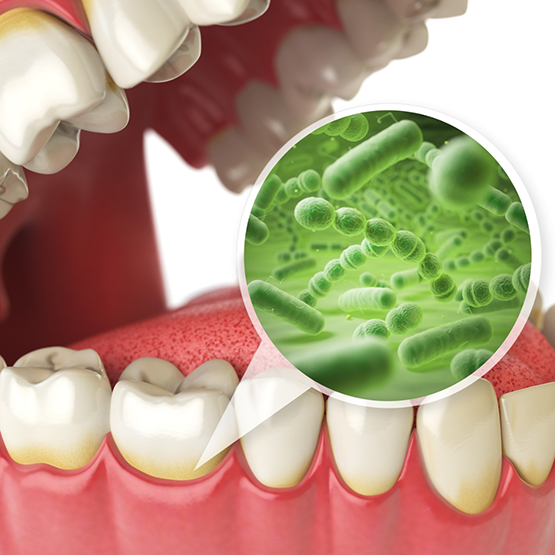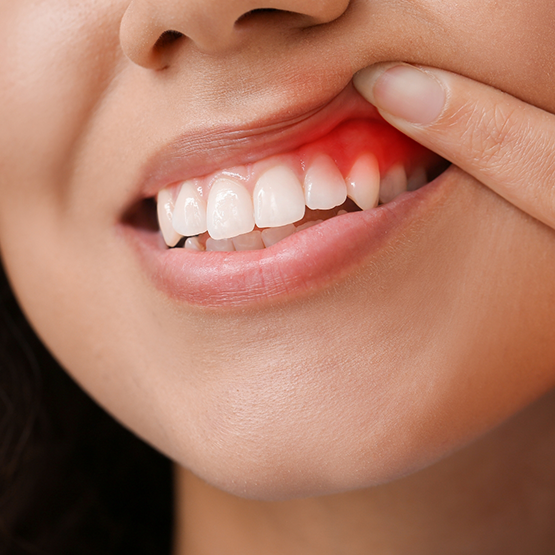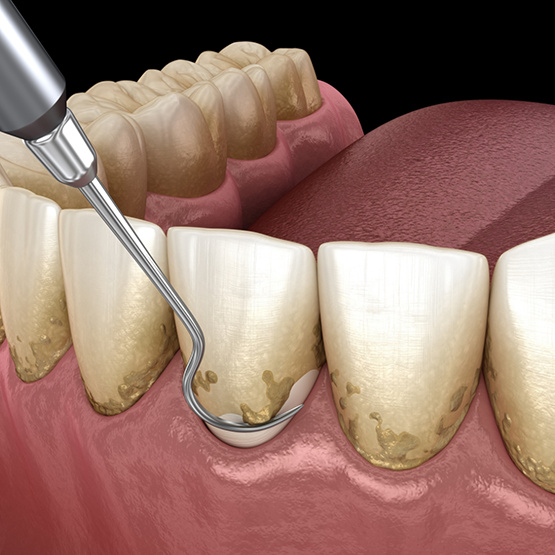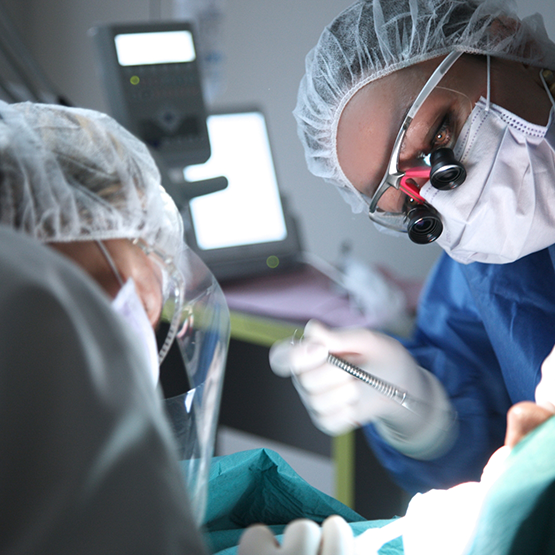Gum Disease Treatment Tallahassee
Effectively Treating the #1 Cause of Tooth Loss
Would it surprise you to find out that the cause of bleeding gums is actually attributed to what is known as periodontal disease? Also referred to as gum disease, it is the most common disease in the United States with nearly half of the entire U.S. adult population having some form of it. It starts very subtly with just a little bit of swelling and redness, but it can eventually develop into painful, bacteria-filled pockets along the gum line. Gum disease is the leading cause of tooth loss for adults 35 and over. Dr. Ransey Boyd and Dr. Kirstin Walther take gum disease very seriously, which is why they will always examine your gums at your routine dental checkups. If you have developed it, they have a variety of options for gum disease treatment in Tallahassee to help you manage your gum disease.
Why Choose Boyd & Walther Tallahassee Dental Associates for Gum Disease Treatment?
- Gum Disease Maintenance & Thorough Deep Cleanings
- We Accept & Maximize Dental Insurance Benefits
- Family-Friendly Dentistry for Patients of All Ages
What Is Gum Disease?

Most people know that if you don’t brush your teeth, plaque and bacteria build upon them, and this can eventually lead to a cavity. The same principle is true with your gums. Built-up plaque, tartar, and bacteria can irritate sensitive gum tissue and lead to an infection. This can cause the tissue to recede and break down, which takes away its ability to support your teeth and protect the thinner enamel around the roots. This is why tooth loss is so common for people suffering from advanced gum disease.
In its early stages, more diligent oral hygiene at home and dental cleanings can usually manage the problem. However, once the infection has become too advanced, more sophisticated treatments may be needed.
Symptoms of Gum Disease

It may not always be to determine if you have gum disease but if you know what to look for, you can feel better prepared should you notice any of the following symptoms developing:
- Red, inflamed gums
- Sensitivity or bleeding gums when brushing or flossing
- Bad breath
- Small pockets of pus that form between your teeth and gums
- Pain that occurs when chewing or attempting to clean your teeth
- Loose teeth
- Misaligned bite
- Bad taste in your mouth
Types of Gum Disease Treatment

Identifying any of these signs and seeking our help is the first step you should take. When visiting our dental office, you can entrust that we will provide treatment for bleeding gums as early as possible to avoid more serious and complex care. But no matter how advanced your gum disease might be, we offer both scaling and root planing as well as antibiotic therapy to help restore the health of your soft oral tissues.
Scaling and Root Planing

This pair of procedures serves to thoroughly clean your gums and clear out all the accumulated plaque and bacteria. Your dentist will numb the area first. They’ll then use manual tools to gently scrape away everything above and below your gums. This part is called scaling. Afterward, root planing involves smoothing the roots of your teeth so the gum tissue can more easily reattach to them. This also makes it much harder for plaque and bacteria to gather there in the future. Most of the time, the procedures can be performed during one appointment, and you’ll be asked to have a follow-up visit to check your progress.
Antibiotic Therapy

After your treatment, your doctor may apply antibiotics to the area to prevent an infection from developing. For this, they will use something called Arestin. It is made of thousands of tiny microspheres that can be applied directly to your gums. These spheres will slowly dissolve so the medicine is released gradually.
